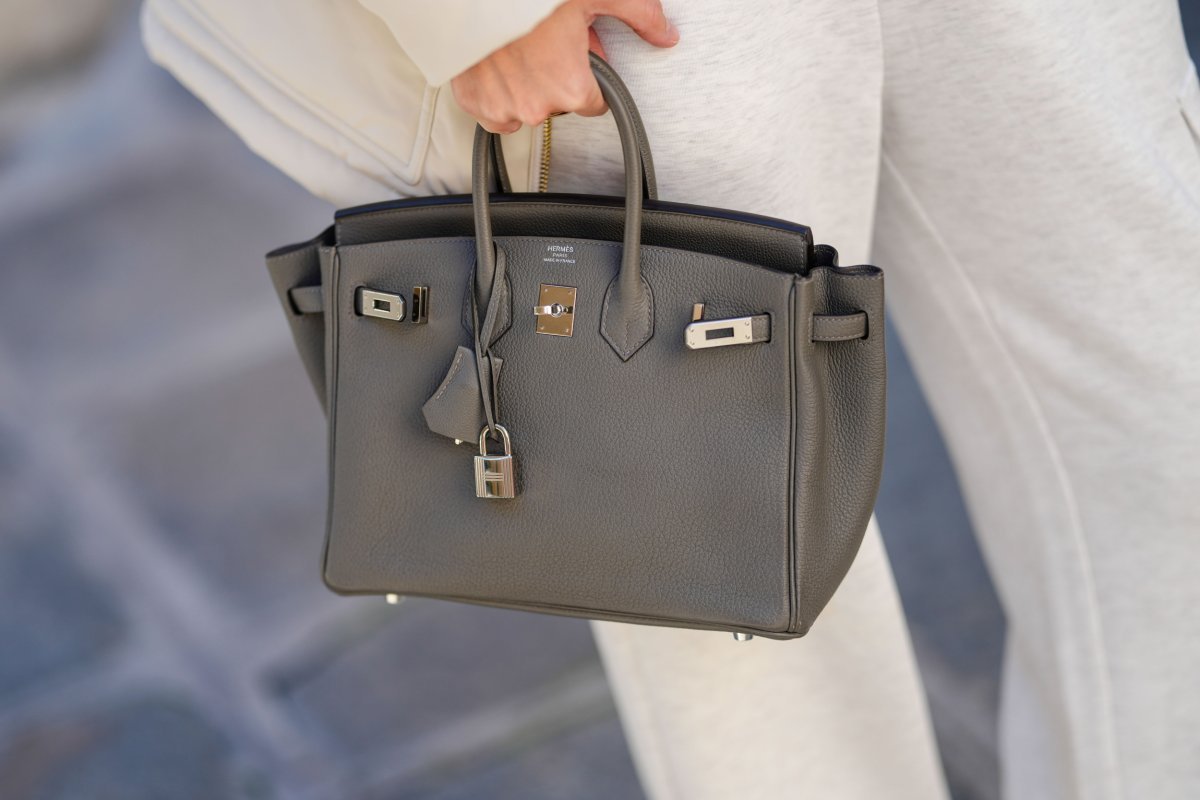The Hermès Birkin bag is one of the most coveted fashion items in the world, symbolizing luxury, exclusivity, and craftsmanship. Named after the British actress Jane Birkin, this handbag has become an icon in the luxury industry since its introduction in the 1980s. The bag’s appeal lies not only in its high-quality materials and meticulous craftsmanship but also in its status as a symbol of wealth and social prestige. However, this desirability has given rise to a massive counterfeit market. Fake hermes birkin bags have become increasingly common, fooling even experienced buyers and challenging the boundaries between genuine artistry and imitation.
The Allure of the Hermès Birkin Bag
To understand the popularity of fake Birkins, it’s important to first grasp why the genuine bag holds such power. Each Birkin is handcrafted by a single artisan at Hermès’ workshops in France, using only the finest leathers—such as Togo, Clemence, and exotic skins like crocodile or ostrich. The attention to detail is extraordinary, with each stitch made by hand and each component carefully inspected. This craftsmanship takes hours, sometimes even days, to complete a single bag.
The exclusivity of the Birkin adds to its mystique. Buyers often face years-long waiting lists and must have an established relationship with Hermès to even be offered the chance to purchase one. Prices start at around $10,000 and can climb to several hundred thousand dollars depending on size, material, and rarity. Because of these barriers, the Birkin has become more than a bag—it’s a cultural status symbol.
The Counterfeit Market and Its Growth
Because there was a great demand and a limited supply, counterfeiters saw an opening. The market is overrun with fake Hermès Birkin bags, particularly on social media and internet sites. Over time, these fakes’ quality has drastically changed. Because they were made of subpar materials, had shoddy stitching, and had erroneous logos, early counterfeits were simple to identify. However, to the untrained sight, “superfakes” are now nearly identical to the real thing.
Authentic leather and accurate hardware imitations are frequently used in these copies. Some are even made by talented craftspeople who used to work in real factories, thus counterfeiters have firsthand knowledge of Hermès’ manufacturing methods. Because of this, a lot of imitation Birkins now cost thousands of dollars, which is still much less than the actual ones but significantly more than most fakes. Unknowingly or intentionally, buyers looking for a deal or hermes replica bags wholesale unable to obtain the original item may resort to these superior imitations.
The Role of Online Marketplaces
The internet has revolutionized how counterfeit goods are sold. Social media platforms like Instagram, TikTok, and Facebook have made it easy for sellers to showcase fake Birkins through professional photos and influencer-style marketing. Many counterfeiters disguise their products as “inspired by” or “mirror quality” versions to evade detection. E-commerce sites and resale platforms have also struggled to prevent counterfeit luxury goods from appearing on their pages.
Even reputable resale platforms have faced scandals after unknowingly authenticating fake Hermès bags. Counterfeiters often create convincing documentation, including fake receipts, dust bags, and authenticity cards. This makes it increasingly difficult for even experienced collectors and authenticators to distinguish between real and fake.
Ethical and Legal Implications
There are significant moral and legal issues with the industry for fake Birkin bags. Buying counterfeit items encourages unlawful activity that frequently violates intellectual property rights, exploits workers, and aids organised crime. Many factories that produce counterfeit goods have subpar working conditions and pay little attention to environmental or labour rules. Furthermore, Hermès loses money due to fake sales, which compromises the craftsmanship and heritage the company has cultivated over the course of almost two centuries.
Legally speaking, importing or selling counterfeit Birkins is against international copyright and trademark regulations. Hermès has taken a strong stance against counterfeiters by launching investigations and lawsuits. The business has successfully shut down counterfeit operations and received multimillion-dollar judgements in a number of high-profile cases. However, the magnitude of internet counterfeiting renders total elimination all but impossible.
Spotting a Fake Hermès Birkin
While it has become increasingly difficult, there are still ways to identify a counterfeit. Authentic Hermès Birkins are known for their flawless stitching, precise embossing, and consistent hardware engraving. The bag should feel structured yet soft, and the handles should return to their upright position when released. The logo “Hermès Paris Made in France” is always perfectly aligned and stamped directly into the leather—not printed or glued.
Another key indicator is the craftsmanship: genuine Birkins use a saddle stitch technique that cannot be replicated by machines. The zipper pulls and hardware should be solid and engraved with the Hermès name. Finally, every authentic Birkin includes a unique code that corresponds to the artisan and year of production, a detail that fakes often attempt to mimic but rarely get right.
The Future of Luxury Authenticity
Luxury firms are investing in new authentication technologies as a result of the proliferation of counterfeit Hermès Birkin bags. To confirm a product’s origin, several businesses are experimenting with blockchain tracking systems and leather microchip authentication. Resale platforms are also strengthening their authentication procedures, employing expert authenticators and AI-based picture recognition to detect fakes.
The fight goes on, though, as counterfeiters get increasingly advanced. A deeper reality about contemporary consumer society is shown by the fake Birkin phenomenon: the value of authenticity is frequently subordinated to the need for prestige. Owning a bag that “looks real”—even if it isn’t—is sufficient for many people.
The Hermès Birkin is ultimately more than just a purse; it is a representation of creativity, exclusivity, and ambition. Even if the fake industry is flourishing, it just serves to emphasise how timeless the original—a veritable marvel of premium craftsmanship—is.
